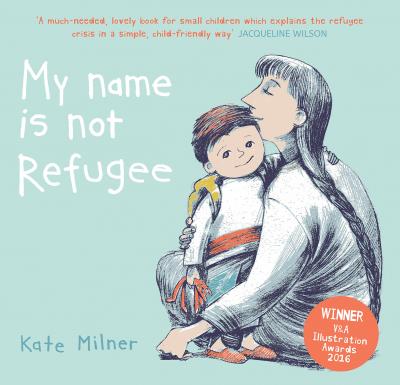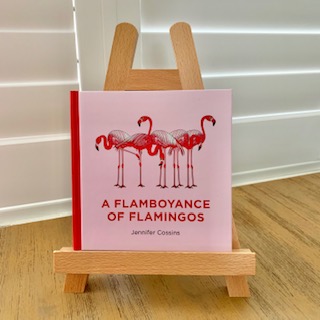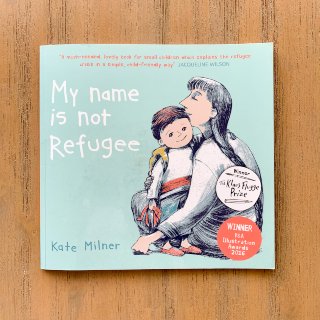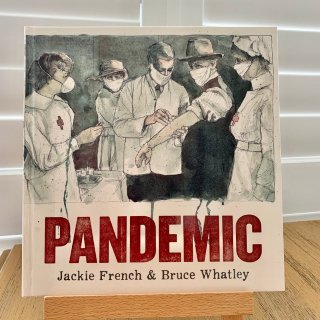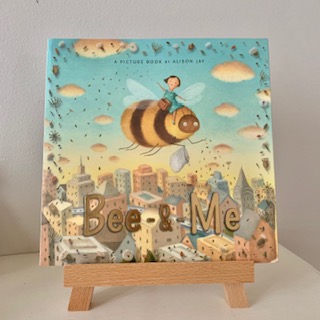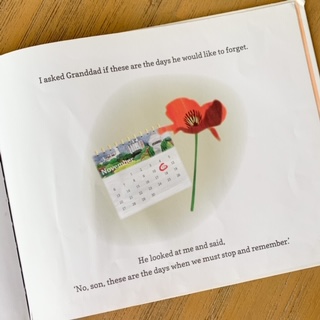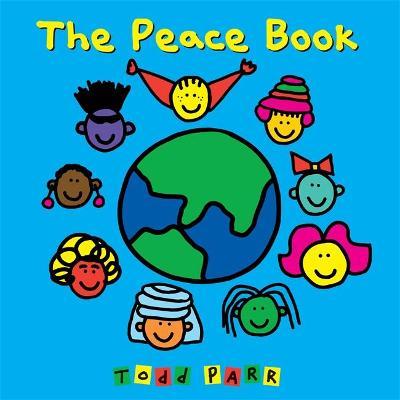My Name is Not Refugee
Free lesson plan, writing template and printable word-search puzzles for kids
Best suited to:
K – Year 2
KLAs covered:
English, geography, PDH (empathy)
Learning:
- what is a refugee?
- why do people become refugees?
- the journey of refugees: what happens when people leave their homes and seek safety in another country;
- how it might feel to be a refugee;
- people who become refugees are people just like us, with their own names and stories. Becoming refugees does not change who they are;
Need to know:
- a very simple, gentle text which explores the concepts of refugees in a way that young children can understand;
- a mother explains to her little boy the journey they are about to make. They will leave their town and it will be sad but also a little bit exciting, they will have to walk and walk and walk and, although they will see many new and interesting things, it will be difficult at times too;
- the story is told through the eyes of the little boy. The illustrations focus on him and his facial expressions clearly show his feelings;
- each double-page spread includes a question for young readers, inviting them to imagine how they would feel, what they would take, etc. if they had to leave their homes;
- the story is told using concepts children understand and can easily identify with: boredom, fear of separation, playing, making friends, precious toys and pets;
- the little boy’s fear and confusion is regulated by the constant and loving presence of his gentle, loving mother and by the happy ending;
- the mother tells her son that, though he will be called ‘refugee’, that is not his name. The message is that becoming a refugee does not change who he is as a person;
- illustrations are line drawings which use a simple, limited-colour palette;
- this book is suggested for 3-6-year-olds but is a good introductory text for slightly older children when exploring the concept of refugees;
Discussion Questions (before reading):
- read the title and discuss the cover: do you know what a refugee is? What do you see on the cover? What do you think this story will be about?
- read the author’s name and revise/introduce the words: author and illustrator. Why do you think there is only one name on the cover?
- briefly introduce the story by telling the children that it’s about a little boy and his mum who have to leave their home because it is not safe for them to live there anymore;
Suggestions for reading this book:
I suggest that there are two ways of reading this book aloud:
- read the book, including the invitations to the children to imagine what they would do. Invite the children to share their ideas and opinions after reading each question/prompt;
- read the book, including the invitations to the children to imagine what they would do but do not discuss these. After reading the whole text and discussing the after-reading questions, go back and read the book through a second time. On the second reading, look at the illustrations together and ask the children: what can you see here? What do you think is happening? Read each question/prompt and invite the children to share their thoughts and ideas;
The little boy’s facial expressions clearly show his feelings. You may like to encourage the children to tune in to the little boy’s emotions by asking them: how do you think the little boy is feeling in this picture? as you read.
Discussion Questions (after reading):
- what did you think about the story? Did you like it? Why or why not?
- how do you the little boy felt when he had to leave his home?
- do you think his mum did a good job of explaining what would happen and what it would be like when they left their home?
- where do you think this little boy’s country is? (we don’t know). Are there any clues in the story? Show the children on the classroom’s globe the general areas where there are refugees today (Sudan, Syria/Turkey/Greece, Bangladesh/Thailand/Burma);
- why do you think his mum tells the little boy: You’ll be called Refugee but remember Refugee is not your name. (He is still the same person he always was, even if other people see him as a refugee and call him a refugee);
- read the pages: We’ll hear words we don’t understand. And taste new foods. Ask the children: have you ever been to another country, like the little boy did? Do you remember tasting different foods and hearing words you didn’t understand?
- if children in the class volunteer that they used to live in a different country, invite them to share how it felt not to understand the words other people were speaking. Were there other things that felt strange and uncomfortable when they came to live in this country?
Activities
Use the free writing template or purchase the writing pack for specific templates to use with these activities.
- on the classroom whiteboard, write some of the emotion words the children volunteered as you were reading (scared, confused, worried, sad, bored, lonely, etc). Ask the children to draw a picture of the little boy and what was happening in one part of the story. Children describe what was happening in that part of the story and how they think the little boy felt;
- children draw and/or write about their favourite part of the story;
- children write about how they felt when listening to the story and illustrate their work. What part of the story made them feel that way? Why?
- children re-tell the story using words and/or drawings;
- children write a book review of the book, mentioning the name of the author/illustrator, summarising the story and explaining what they liked and didn’t like about it;
- sequencing activity: children retell the story using the format: First … Then … Next … Finally …
- borrow one of the children’s backpacks and place it at the front of the room. Ask the children what they would take if they had to leave their homes quickly, with little warning and could only take what they could fit in this backpack. Give the children a few minutes to discuss this with a friend or table-mate. Discuss as a class. What would they take? What would they have to leave behind? How would they feel?
Your free, printable word-search puzzles and writing template
These free, printable word-search puzzles for kids are great for building and reinforcing the vocabulary used when discussing My name is not Refugee.
There are two different puzzles in this file to enable you to differentiate the activity according to the learning needs of your students.
Download and print our free writing template for use with the picture book My name is not Refugee here (PDF).

